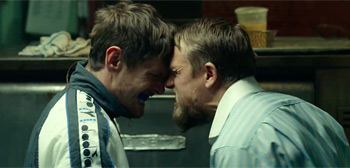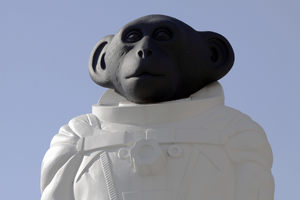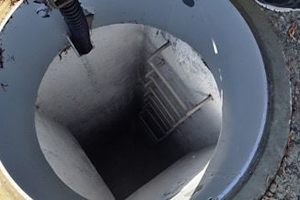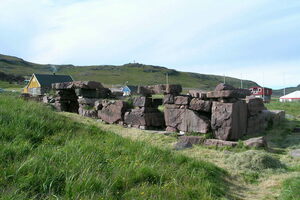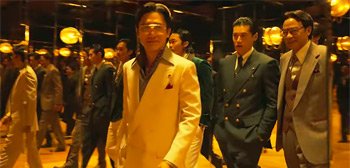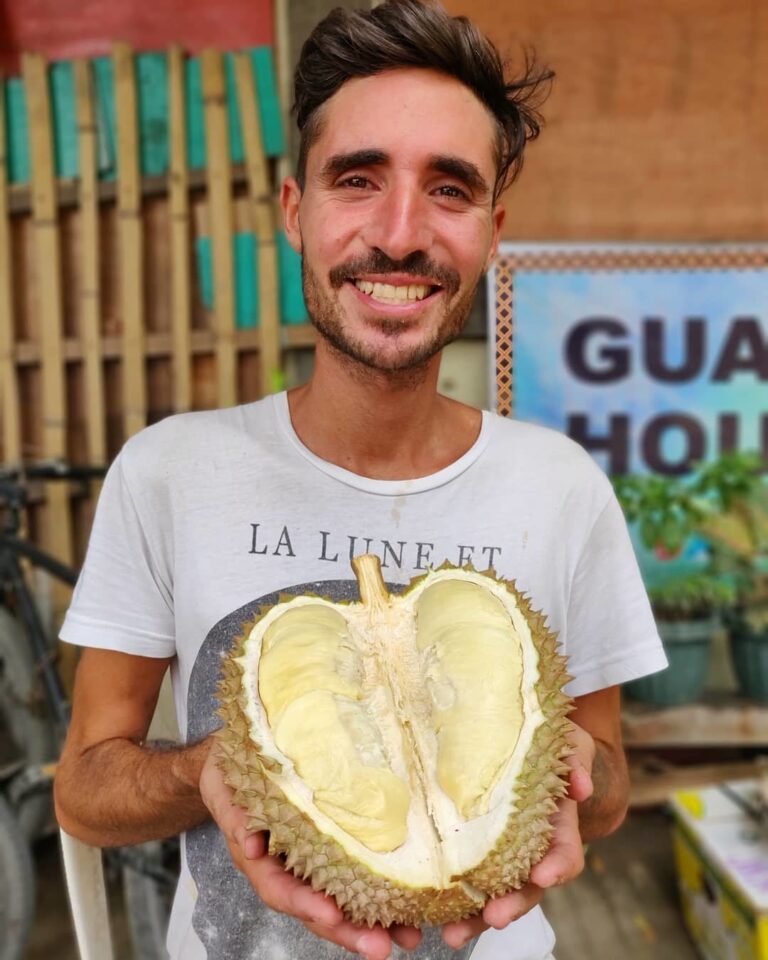The Old Haa’s Inuksuit Collection in Burravoe, Scotland
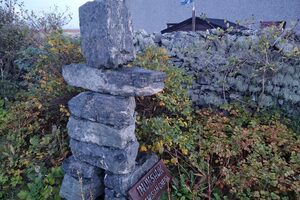
Inuksuit (singular inukshuk or inuksuk) are collections of rocks, most commonly arranged in a vaguely humanoid shape or as cairns, stacked by indigenous populations in northern Canada, Greenland, and Alaska, such as the Inuit and Yupik.
While there are many theories about their traditional uses and symbolism, including as markers and guidance tools, inuksuit continue to be crafted by these populations in modern times and have become an internationally-distinguishing symbol, particularly for Canada. With the flag of the territory of Nunavut including an inukshuk, as well as a stylized figure being chosen as the logo for the 2010 Vancouver Winter Olympic Games, inuksuit have become Canadian icons.
It seems that no North American artists, indigenous or otherwise, were involved in the making of the inuksuit collection of the Old Haa. Instead, this collection was a project by local artist Mike McDonnell and built with the help of Alan Smiles.
This museum on the island of Yell takes its name from “haa,” a Scottish term for the house of a lord (laird), somewhat continuous with the English “manor.” The inuksuit were chosen and designed by schoolchildren of Burravoe Primary School with the aim of celebrating Shetland’s unique geology.
Declared a “Global Geopark” by UNESCO, the archipelago is noted for its wealth of geological diversity, representing billions of years of Earth’s history. Locally-quarried rocks such as blastomylonite and quartzite were chosen to represent this unique legacy in the form of inuksuit.
While the project was home-grown in Shetland, it can still be seen as a representation of the strong connections between Scotland and Canada. The North American country includes a province named Nova Scotia (Latin for “New Scotland”), and “Scottish” was the third most common self-described ethnicity in the 2016 Canadian census.
